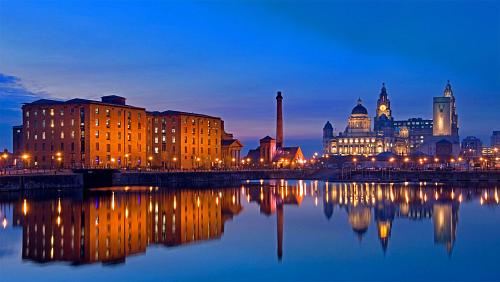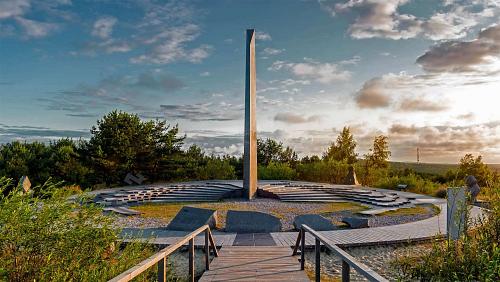Waste incineration plants are often a topic of controversy and misinformation. There are many myths and misconceptions surrounding these facilities that lead to public distrust and opposition. In this article, we aim to debunk some of the most common myths and misconceptions about waste incineration plants.
Myth 1: Waste incineration plants are harmful to the environment
One of the biggest misconceptions about waste incineration plants is that they are harmful to the environment. In reality, modern waste incineration plants are equipped with advanced pollution control technologies that minimize emissions of harmful pollutants. These plants are subject to strict regulations and continuous monitoring to ensure that they comply with environmental standards.
Myth 2: Waste incineration plants contribute to global warming
Another myth surrounding waste incineration plants is that they contribute to global warming. While it is true that incineration releases carbon dioxide, it is important to consider the alternative methods of waste disposal. Landfilling waste produces methane, a potent greenhouse gas that is significantly more harmful to the environment than carbon dioxide. When properly managed, waste incineration can be a more environmentally friendly option for waste disposal.
Myth 3: Waste incineration plants are unsafe for the community
There is a misconception that waste incineration plants pose a risk to the health and safety of nearby communities. However, studies have shown that modern waste incineration plants do not have a negative impact on public health. These facilities are designed with stringent safety measures and are continuously monitored for any potential risks. In fact, waste incineration can help reduce the amount of waste that is sent to landfills, which in turn can lower the risk of groundwater contamination and other environmental hazards.
Myth 4: Waste incineration plants are inefficient
Some believe that waste incineration plants are inefficient in terms of energy production. However, many modern waste incineration plants are designed to recover and utilize the heat generated during the incineration process to produce electricity and heat for local communities. This can help reduce the reliance on fossil fuels and provide a sustainable energy source for the surrounding area.
Conclusion
It is important to separate fact from fiction when it comes to waste incineration plants. While there are legitimate concerns about environmental impact and public health, it is crucial to recognize the advancements in technology and regulations that have made modern waste incineration plants a viable and sustainable option for waste management. By debunking these myths and misconceptions, we can foster a more informed and productive conversation about the role of waste incineration in addressing our growing waste management challenges.








